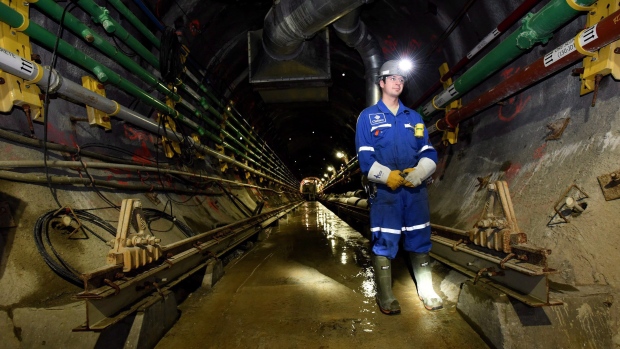Dec 4, 2017
Uranium stocks soar after Kazakhstan announces output cut

Kazakhstan’s state-owned uranium company is slashing production 20 per cent for the next three years in a bid to put a floor beneath prices. Kazatomprom will commence the cut starting in January, which will result in about 11,000 fewer tonnes hitting already oversupplied markets.
Shares of the major Canadian uranium companies — including Cameco (CCO.TO), Denison Mines (DML.TO) and NexGen Energy (NXE.TO) — surged on the news. Cameco was up as much as 18 per cent Monday morning.
The move by Kazatomprom echoes Cameco’s own efforts to bring the uranium market into balance. The Saskatchewan-based miner announced plans to suspend production for 10 months at its McArthur River facility, which is the world’s largest uranium mine, earlier in the fall. The suspension, which temporarily put 845 employees out of work, left Cameco’s own Cigar Lake mine and Kazatomprom’s Inkai mine as the world’s only two uranium projects still cranking out significant volumes.
The pair of production cuts come as the industry continues to struggle with a persistently weak macro environment. Uranium prices have languished around US$20 per pound for the past several years after demand dried up in the wake of 2011’s Fukushima nuclear reactor disaster.




